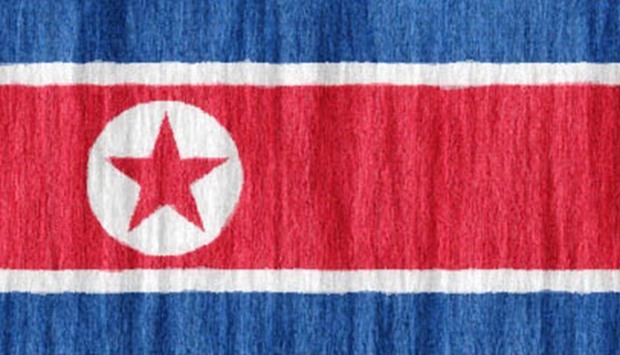North Korea test fired what appeared to be two medium-range ballistic missiles yesterday, just days after leader Kim Jong-Un promised a series of nuclear warhead tests and missile launches.
Military tensions have been soaring on the divided Korean peninsula since the North carried out its fourth nuclear test on January 6, followed a month later by a long-range rocket launch that was widely seen as a disguised ballistic missile test.
US defence officials said they had tracked two launches – both believed to be medium-range Rodong missiles fired from road-mobile launch vehicles.
The Rodong is a scaled-up Scud variant with a maximum range of around 1,300km (800 miles).
South Korean military officials said the first missile was launched from Sukchon in the country’s southwest at 5.55am (2055 GMT on Thursday) and flew 800km before splashing down into the East Sea (Sea of Japan).
The second, fired about 20 minutes later, disappeared off radar early into its flight, the officials said.
Friday’s launch quickly provoked a barrage of criticism and appeals.
Chinese foreign ministry spokesman Lu Kang urged North Korea to abide by UN resolutions and not do anything to exacerbate tensions.
The US State Department in a statement urged North Korea to focus on taking concrete steps toward fulfilling its international commitments and obligations.
Japan lodged a protest with North Korea through its embassy in Beijing, Prime Minister Shinzo Abe told parliament.
“Japan strongly demands North Korea to exercise self-restraint and will take all necessary measures, such as warning and surveillance activity, to be able to respond to any situations,” Abe said.
South Korea’s Unification Ministry said Pyongyang should focus on improving the lives of its people and that provocative actions would help nothing.
Yesterday’s launches came a day after US President Barack Obama signed an order implementing tough sanctions adopted earlier this month against North Korea by the UN Security Council.
For the past two weeks, Pyongyang has maintained a daily barrage of nuclear strike threats against both Seoul and Washington, ostensibly over ongoing, large-scale South Korea-US military drills that the North sees as provocative rehearsals for invasion.
To register its anger at the joint exercises, the North fired two short-range missiles into the East Sea on March 10.
A few days later, Kim announced that a nuclear warhead explosion test and firings of “several kinds” of ballistic missiles would be carried out “in a short time”.
Existing UN sanctions ban North Korea from the use of any ballistic missile test, although short-range launches tend to go unpunished.
A Rodong test is more provocative, given its greater range, which makes it capable of hitting most of Japan.
The last Rodong test was in March 2014, when two of the missiles were fired into the East Sea.
Japanese Prime Minister Shinzo Abe said he had ordered his government to investigate yesterday’s launch, and confirm the safety of shipping in the splashdown zone.
The US State Department issued a statement calling on Pyongyang to refrain from any actions that could “further raise tensions”.
While North Korea is known to have a small stockpile of nuclear weapons, its ability to deliver them accurately to a chosen target on the tip of a ballistic missile has been a subject of heated debate.
There are numerous question marks over the North’s weapons delivery systems, with many experts believing it is still years from developing a working inter-continental ballistic missile (ICBM) that could strike the continental United States.
Kim’s announcement of further tests on Tuesday came as he monitored a simulated test of the warhead re-entry technology required for such a long-range nuclear attack.
The test was a complete success, state media said, and provided a “sure guarantee” of the warhead’s ability to withstand the intense heat and vibration of re-entry – a major step in the North’s push towards a genuine ICBM nuclear strike capability.
South Korea said it doubted the North had mastered re-entry technology, although it was less sceptical a few days before when Kim said it had miniaturised a nuclear warhead that could fit on a missile.
Earlier this week, South Korean President Park Geun-Hye said North Korea’s threats and provocative behaviour reflected a “sense of crisis” in Pyongyang at its increasing diplomatic and economic isolation.
“If North Korea continues its provocations and confrontation with the international community and does not walk the path of change, it will walk the path of self-destruction,” Park said.
North Korea has never tested an ICBM, but numerous experts believe it may be on the verge of doing so, and have warned such a move would comprise a highly dangerous military escalation.
The US and South Korea remain technically at war with the North because the 1950-53 Korean War ended in an armed truce instead of a peace agreement.

Kim: had promised a series of nuclear warhead tests and missile launches.
